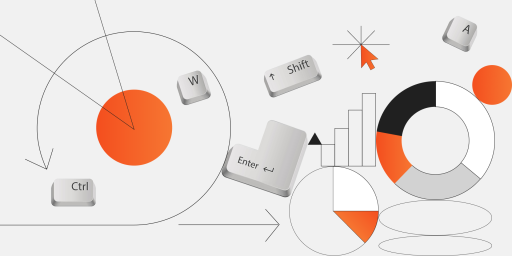Building a QA process from the ground up can feel overwhelming, especially when you’re working with tight deadlines, unclear requirements, or a newly assembled team. That’s why we brought together a panel of QA experts to share their real-world insights in our recent webinar, How to Set Up a QA Process: Approaches, Pitfalls, and More.
In case you missed it, here are some of the key takeaways, plus a link to the full recording at the end.
Why Bringing QA In Early Changes Everything
When QA teams are involved in the process from day one, it’s not just about catching bugs earlier — it’s about setting the tone for the entire project. From refining requirements to shaping the test strategy and preventing miscommunication, early QA involvement creates a shared understanding and sets a quality-first mindset across the board.
Testers Don’t Just Test — They Shape the Product
Quality professionals aren’t there to react to problems; they’re there to prevent them. When included early, QAs help spot gaps in requirements, assess potential risks, and build scenarios that shape better product features. They challenge assumptions, ask “what if,” and define what success should look like, even before a single line of code is written.
You Can’t Copy-Paste a QA Process — Context Is Everything
There’s no one-size-fits-all QA setup. A process that works beautifully for one team might create chaos for another. That’s why understanding the product, the team structure, communication style, and even company culture is crucial before deciding how to structure the QA team, what tools to use, and how to define success.
Junior Testers Ask the Questions That Reveal Real Problems
While domain experts are nice to have on a project, you don’t always need to rely solely on them. Sometimes, it’s the fresh eyes that uncover the issues others overlook. A junior QA with no domain expertise who keeps asking “Why?” can be just what the product needs to expose bad assumptions, challenge inefficient workflows, and make the product more intuitive and functional.
Most QA Problems Aren’t Technical — They’re Human
The biggest issues rarely come from tools or frameworks. They come from slow processes, broken communication, and unspoken expectations. QA can be the glue that holds everything together, but only when the QA team members are given the clarity and channels they need to collaborate openly with developers, business analysts, and stakeholders.
You Don’t Need 90 Days to See Results, But You Do Need a Plan
A 90-day testing plan isn’t about filling a calendar — it’s about laying the groundwork for long-term quality. From knowledge transfer and test planning to executing automated smoke suites and conducting retrospectives, each phase should be intentional and tied to the project’s real needs, not just KPIs on paper.
Watch the Full Conversation
In the webinar, our QA and AQA leads, Michael Tomara and Taras Oleksyn, the Delivery Director Bruce Mason, and brilliant guest speaker Jessica Mosley share real-life insights and stories from the field.
Find out what works, what doesn’t, and how to build a testing process that supports both product goals and team collaboration from the webinar recording below.
Jump to section
Hand over your project to the pros.
Let’s talk about how we can give your project the push it needs to succeed!



